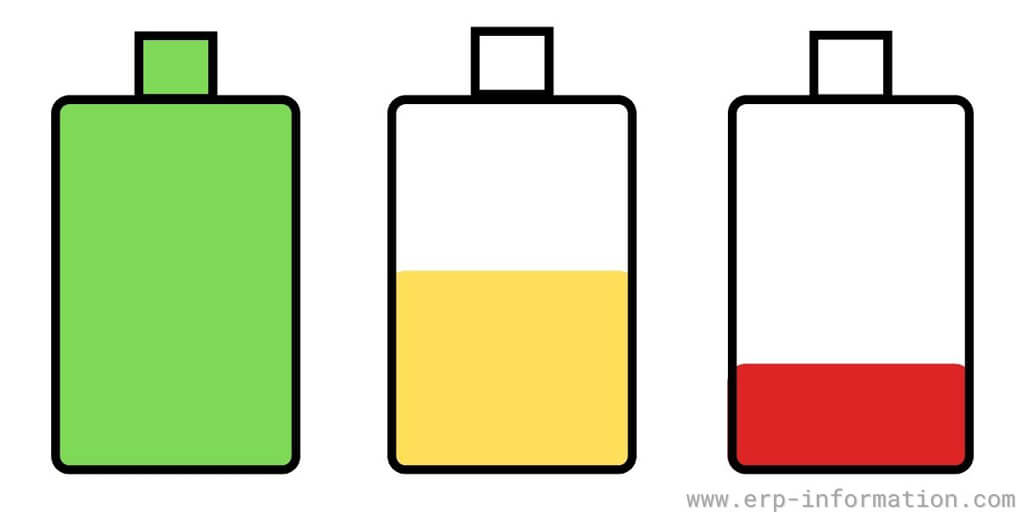In the world of business, making sound decisions is like navigating through a maze of choices. Whether you’re a business owner, investor, or lender, understanding the concept of “demonstrated capacity” is like having a trusty compass to help you find your way.
This is a powerful tool used to gauge a business’s ability to meet its financial commitments, and it’s vital for making wise business decisions.
This article defines the demonstrated capacity and explains how to calculate it using a formula. We’ll also provide some examples to illustrate our points.
By the end of this article, you’ll have a strong understanding of the concept and how it can be used to inform business decisions.
What is Demonstrated Capacity?
Demonstrated capacity is proven capacity calculated from actual performance data, usually expressed as the average number of items produced multiplied by the standard hours per item.
This allows companies to see how their product has changed and set realistic future goals. By knowing their demonstrated capacity, companies can ensure that they are not overproducing or underproducing, which can lead to lost profits.
Demonstrated capacity formula
Demonstrated capacity for a given period = (Total number of products manufactured in a given period) X (Time needed for each of the product manufacturing)
The formula allows businesses to calculate the maximum number of products produced by a manufacturing process based on actual performance data.
This formula can be used to compare different manufacturing processes’ performance and identify bottlenecks in the production line. As a result, businesses can improve their manufacturing efficiency and competitiveness by understanding and using it.
Examples of Demonstrated Capacity
For example, a company produced 10,12,11,12 &13 units over five weeks.
And creating each unit takes 10 hours.
Now the formula is,
Demonstrated capacity per week is= (total number of units)*(hours needed for each unit)/(number of weeks)
Then our example company capacity is,
= (10+12+11+13+12)*10/5
= 116 standard hours
One more example is a manufacturing company that makes car parts. The company has ten machines, and each device can produce 100 pieces per hour.
The company’s demonstrated capacity is 1,000 parts per hour (10 machines x 100 pieces per hour).
If the company wants to increase its production, it can either add more machines or increase the speed of the existing devices.
FAQs
What is capacity?
Capacity is the ability to produce products in the manufacturing industry. On the other hand, capacity means the power of the machine, worker, work center, or company to make the output in a given time.
Capacity is typically expressed in units per period. For example, a plant might produce ten units per hour. The higher the capacity, the more products it can make.
What is demonstrated capacity in manufacturing?
Demonstrated or actual capacity helps measure the amount of work done in a certain period. Planners determine how much work could be done at the most and what amount is possible. This helps them plan production.
Conclusion
Demonstrated capacity is an essential calculation for businesses to understand and use to make informed decisions about production. The formula and examples in this article should help you know how it works and how to apply it to your business.
Thanks for reading!

